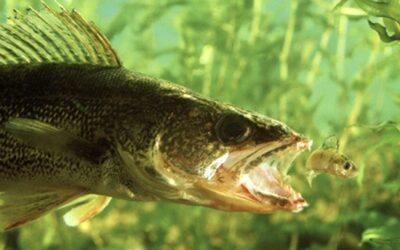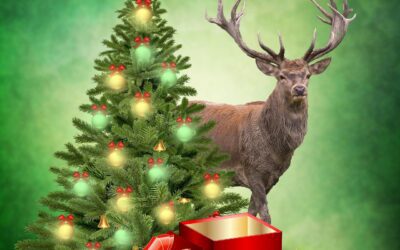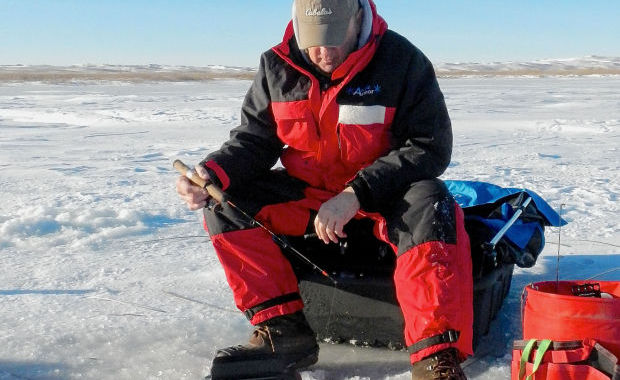For those of you, who like me, live for spring shotgun turkey hunting, our wait is almost over; it will not be long before we will be in the field.
Archers have been in the field since March 25 in Nebraska and April 1 in South Dakota while the hunters armed with shotguns will have to wait until South Dakota until April 8 and Nebraska April 15.
With the increase in turkey numbers throughout the upper Midwest, we hunters have the opportunity to obtain several permits.
There have been years, when my hunting partners and I have had permits in several states, Iowa, Nebraska, South Dakota and Missouri.
The first thing I do once I know I’ll have my permit, is to get out and check with the farmers and ranchers where I’ve hunted in the past, obtaining permission, as things might have changed since the last time I hunted there. In some cases, part of or all of the land may have been sold or been leased to another or woodlands converted to crop ground, which changes our whole game plan.
After obtaining permission, I do a drive by; looking the area over for any changes that might have occurred since I was there last and armed with this information will locate a map of the area so I know exactly how the land lies and where the property lines are. It is not a bad idea to contact adjourning landowners to inform them you will be hunting the area so there will not be any surprises when they see you or your vehicle parked near their land.
I do not know how many times I have stopped by an adjourning landowner to let them know I would be hunting nearby, when they thanked me or even gave me permission to hunt on their land.
After getting my permission and obtaining everything I could find about where I plan on hunting, I’ll spend some spend time in the field, scouting, with my first scouting opportunity while hunting deer sheds as this gives me an early opportunity to check things out.
During this time of the year, there may be snow on the ground, with the birds still in their large winter flocks, if so, locating them, an easy task.
With snow on the ground, figuring out where the birds are congregating, feeding and roosting is easier. Turkeys are scratchers, so look for areas where the snow or leaves are pulled back, leaving open areas, where the turkeys have scratched down through the ground debris and snow to find food.

When scouting,be on the lookout for droppings, scratching and feathers as these are sure signs birds are using the area.
Roost trees are also easier to locate, as there will be many tracks in the snow around the roost. Because turkeys have a tendency to roost in the same area, year in and year out unless spooked from the area, there will be a large accumulations of droppings under their favorite roost tree.
While hunting sheds, will be the only time I really spend a whole lot of time in the area I plan to hunt, as I do not want to alarm the birds. To avoid spooking the birds, I like to return to the area from time to time and do the rest of my scouting from the road and trails using my binoculars, glassing the area thoroughly from different vantage points.
One thing I will not do when I am out early scouting is to use my turkey call. Using your standard turkey call when you are not hunting can educates and spook the birds.
One call I will us, is a shock call, a call that may shock the Toms into gobbling, calls such as predator, crow or owl call all work well, with the owl call working very well when the birds are in the roost, just before dark and at sunrise.
As the season draws closer, I will continue to check out the area more, setting up on high vantage points, glassing from my vehicle, giving me an idea as to where the birds are once they spit up and gathered their harems.
Each year prior to the opener, I like to pattern my shotgun at different distances with any new loads that came out since last season using “Shoot N See” turkey targets. This gives me an idea as to which shells and chokes give me the best pattern.
This is also a good time to check over your calls as calls and all of our equipment takes a beating when we are out hunting. I especially need to try out my diaphragm calls as the latex in these can break down over the winter.
I go through all my calls, roughing up and testing my “ROOST’em” slate- glass calls, chalking up and testing my box calls, just to make sure they will be ready when I locate that love struck Tom looking for a good time.
Since you never know what type of hunting conditions you’ll face during spring turkey season, which could be snow, rain or ankle deep mud, it’s best to be prepared and have all types of camo and rain gear ready to go. I have hunted turkeys in downpours, eight inches of snow and in extremely high temperatures, all of which may change from one day to the next, so it is best to be prepared for almost anything when it comes to a spring hunt.
Because I will not know what conditions I will be hunting in, from the swamps of Mississippi to the Black Hills of South Dakota, I have both leather and camo rubber clad neoprene boots.
In the different hunting conditions you may have to face during the spring, there’s no more important gear needed to be check than your boots. If you are like me, you may have put many miles on your boots during the spring hunt and then put them away until next season. This is the reason I check them over, clean them up and give my leather boots a good coat of waterproofing.
The week or two prior to the season, just before the sun goes down, I’ll head out and use my locator calls to locate the exact area the birds are roosting. Once I have that figured out, I will use my maps to figure out where they will head once they leave the roost, which generally is towards their food source.
Armed with this information, when planning on using my bow and hunting out of a ground blind, I will head out, setting it up quickly and quietly in the area, I believe they will move through on their way out to feed and then vacate the area.
If I am not going to use a ground blind, I will run and gun, leaving the area alone, returning the two nights prior to opener to use my locator-shock calls to verify which trees the birds are roosting in.
Once I have did my preseason scouting and planning, when opening day arrives, I will be in the woods early with a plan helping to assure this will be another great spring turkey hunt and not one where I am out wondering aimlessly in the woods.
Good luck this spring and on all your hunts.





0 Comments